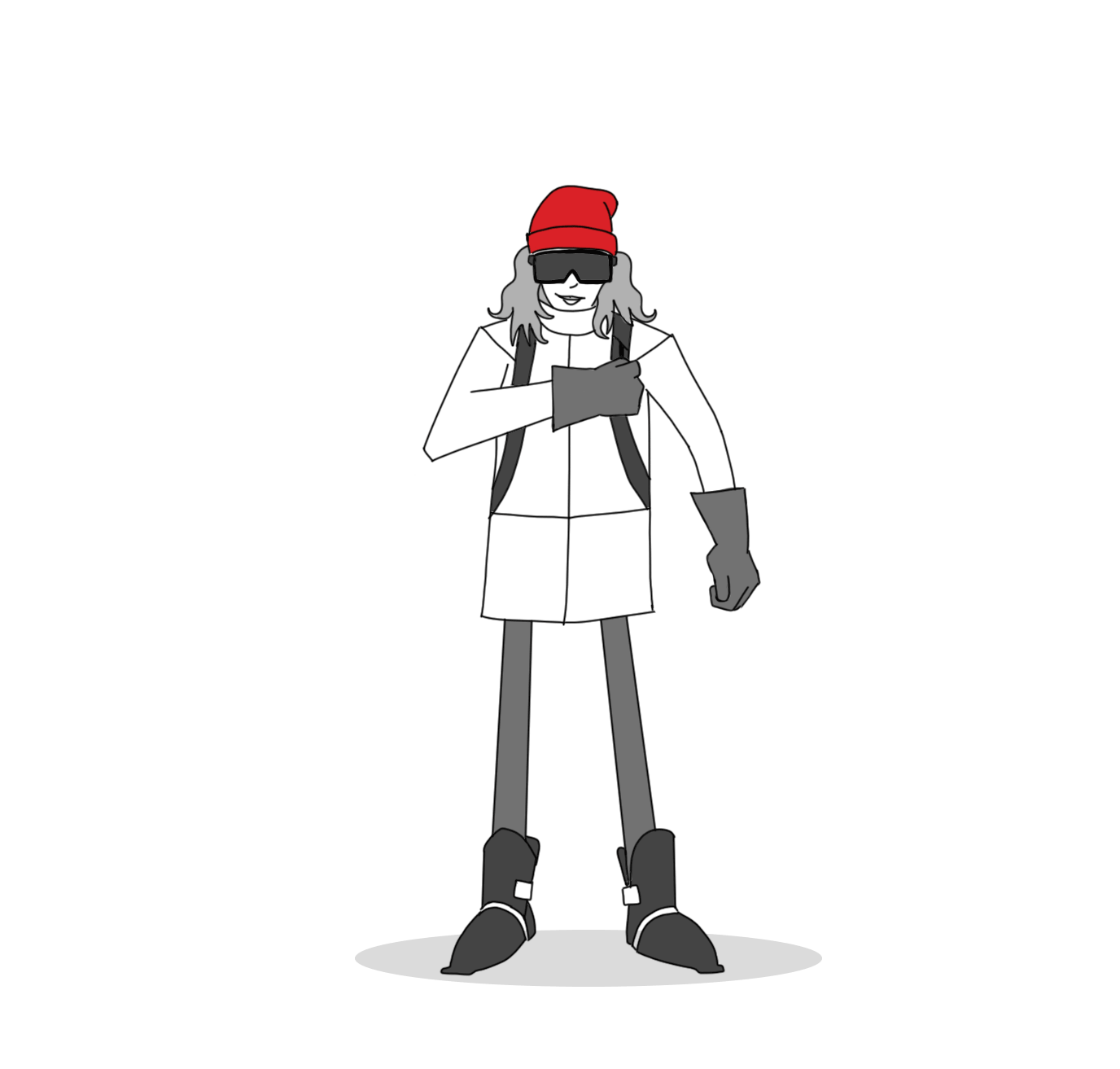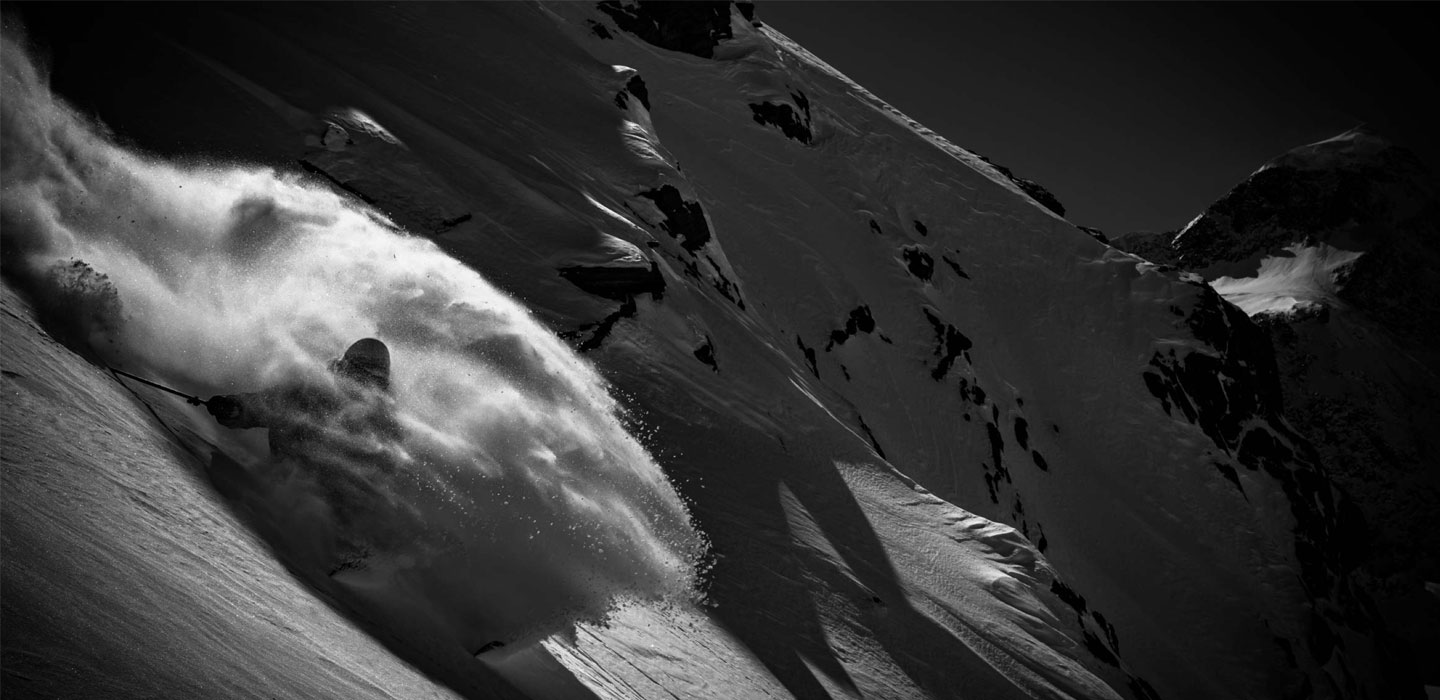YOU WERE UNABLE TO AVOID AN AVALANCHE, AND THE MEMBERS OF YOUR GROUP ARE UNFORTUNATELY BURIED. YOU HAVE 15 MINUTES TO MAXIMIZE THEIR CHANCES OF SURVIVAL. WHILE HIGHLY SKILLED, SEARCH AND RESCUE PERSONNEL OFTEN REACH ACCIDENTS WAY TOO LATE TO SAVE BURIED VICTIMS. ONLY IMMEDIATE RESCUE, ORGANIZED AND CONDUCTED BY PEOPLE ON SCENE, BY THOSE NOT CAUGHT OR OTHER BYSTANDERS, CAN ENSURE A SUCCESSFUL OUTCOME.

Transceiver/Shovel/Probe
Proper, coordinated use of your transceiver/shovel/probe provides the best chance of successfully managing an avalanche rescue on your own. You can rescue or be rescued by a member of your group if everyone carries a properly functioning transceiver, shovel, and probe. All three need to be used together, and every member of the group must wear a transceiver and carry a shovel and probe to reduce the time it takes to dig out an avalanche victim.
Avalanche airbag backpacks
An avalanche airbag backpack provides an additional margin of safety to the transceiver/shovel/probe trio. An airbag keeps you on the surface of an avalanche by providing added volume to your body. In many cases this helps to avoid being buried. Wearing an avalanche airbag backpack is not a reason to take additional risks, and should be considered as an additional piece of rescue gear.
 >
>Understanding how to choose and use your gear
Carrying snow-safety and rescue gear is mandatory when traveling through avalanche-prone terrain and understanding and knowing how to use your gear is just as important. Not only do you need to know the right rescue techniques, but you should practice them on a regular basis if you want to be efficient and effective in the event of an avalanche accident. In France, ANENA offers courses to teach you how to properly use your gear and perfect your technique.


How to choose the right transceiver for you
When choosing a transceiver, you should understand how the device works, its performance characteristics, and its features. Today, most transceivers have three antennas and are digital. This combination of two technologies allows a transceiver to display distance and direction on its screen. The search strip width is a transceiver’s key performance indicator. This width indicates the area scanned by the device during a search. Other device features make the different phases of a search easier (multiple burial search, marking, u-turn, interference management) or improve the ease-of-use (group-check, stand-by, automatic revert-to-transmit).
Choosing a transceiver, our recommendations
For novices, we recommend a device with the following features:
- 3 antennas
- Digital
- A search strip width of at least 40m
- A multiple burial indicator
- A marking function for multiple victims
For more advanced users, we recommend these additional features.
- Group check
- Interference management
- Revert-to-transmit mode
- U-turn function
For professional rescuers, the following features are also useful:
- Analog mode
- Scrolling function
- Standby mode


Inspection and maintenance
Transceivers are rescue devices that require maintenance and updates. To extend the life of your device and guarantee that it works properly, remember to:
- Verify battery levels before each outing. Batteries should be replaced if under 60%.
- Avoid impacts.
- Dry your device after every use.
- Store your device in a warm and dry place.
- Remove the batteries at the end of the winter season.
- Use brand new batteries at the beginning of each season.
We also recommend sending your device to the manufacture for updates and maintenance. This allows the manufacture to verify that your device works precisely and properly.
How to choose your avalanche airbag backpack
There are several very important criteria to consider when choosing an airbag.
- Compressed gas or electric powered. Compressed gas is known for its reliability and easy maintenance day-in and day-out whatever the weather conditions.
- The trigger mechanism, trigger handle, and cable system. The trigger handle must be quick and easy to grab.
- Inflation power. 60% of people who have triggered their airbag in real-life conditions pulled on the trigger handle once caught in an avalanche. An airbag needs a considerable amount of power to inflate, especially when beneath the snow
- Airbag number and positioning. Two airbags provide redundancy in case one is punctured during an avalanche. The positioning of an airbag increases the surface area and boosts your chances of staying on top of an avalanche.
- An airbag’s volume also plays an important role in pulling your body up or keeping it on the surface of an avalanche. This is the main reason for wearing an airbag backpack.
- The backpack itself, weight, accessorization, volume, comfort…


Choosing an avalanche airbag backpack, our recommendations
For a reliable airbag backpack that performs well, we recommend:
- A compressed gas system for maximum inflation power.
- A trigger handle that is easy to reach and grab, and that can be locked.
- A dual airbag system attached to the pack in a way that keeps it from folding upon itself and with a volume of at least 150L.
- A lightweight, comfortable backpack that is big enough to carry the gear you usually bring.
